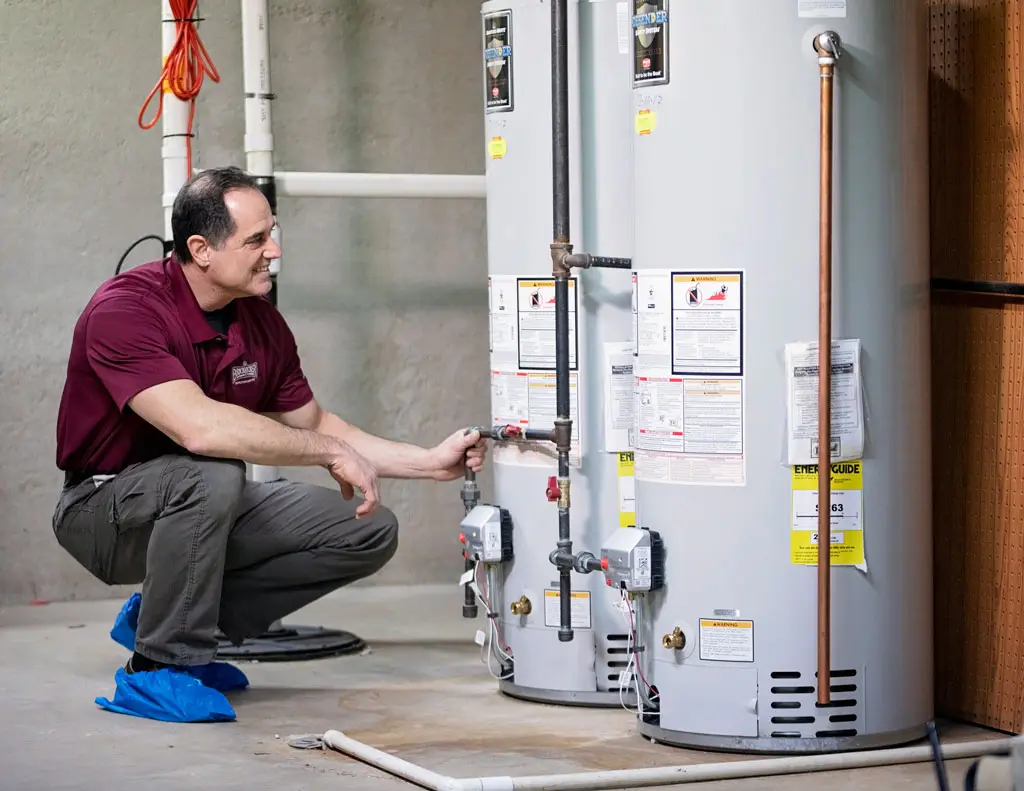Top 5 Electrical Panel Defects!
What to do with 5 defects frequently found in an electrical panel.
Electrical issues in a home inspection report can cause a great deal of anxiety for buyers. They might perceive every one of them as a fire or shock hazard and a long list may give them the impression that the house is unsafe. In an older home, the electrical section of the report can be overwhelming.
Buyers expect us to report everything we find, no matter how inconsequential. A good home inspector will not just give a list of defects: They will also tell you why you should care and what to do next. Afterall, maybe it’s not worth worrying about. Here is a quick rundown of five things we frequently find in an electric panel.
Mismatched breakers – Low Priority – Wait
We often report breakers in a panel that have a different manufacturer than the panel. Does it matter? Probably not, but it could be an issue on an older panel. Most modern breakers have a somewhat standard design. An electrician can verify this during a service call for something more important. Without other signs of a problem (poor fit, damage, scorch marks) this is a low priority find.
Missing Grommets – Low Priority – Wait
There are requirements to prevent conductors from being damaged in every part of the electrical system. In an electrical panel, cables are secured to prevent strain on the connections inside the panel and to prevent overcrowding. Does it matter? Probably not for existing construction. This is another low priority find and an inexpensive correction.
Open knockouts – Low Priority – Wait
This may seem like a silly thing to write up but there are two great reasons to keep the enclosure as enclosed as possible. The main reason is to contain a fire within the panel but also to keep unwanted visitors out (i.e. insects, rodents, snakes). Open knockouts have been required to be filled since the 1923 National Electrical Code (NEC). This is also a low priority item and can probably wait until an electrician is called for something else.
Double-Lugged Neutrals – Low Priority – Wait
Each neutral conductor is required to have its own individual terminal. (This has been required since 1965 but was not specifically addressed by the NEC until 2002.) Neturals carry current and develop heat that can lead to loose connections and arching in the panel. We see signs of overheating in about 1% of these installations. Without signs of overheating this is another low priority item that can wait.
Double Tapped Breakers – Potential Hazard – Call an electrician
Double-tapped breakers have been prohibited by the NEC since 1935. The connection at the terminal is the weakest point on the circuit and the place where problems are most likely to occur. Some modern breakers are designed to accommodate two circuits but there is rarely a good reason to do so. There is a potential to overload the circuit causing (hopefully) the breaker to trip. Double taps can also lead to loose connections and overheating. If the seller has not experienced any nuisance tripping, the repair is likely going to be a splice with a single wire pig-tailed into the breaker. If the circuit is overloaded, a new breaker or a tandem breaker may need to be installed. We would elevate this to a higher priority repair and ask the electrician to take care of the low priority items when they are on the service call.
If your client is overwhelmed by a home inspection report, you should absolutely expect your home inspector to help them focus on the parts that matter. As a REALTOR you should never downplay the inspector’s findings but you can certainly push back on your client’s behalf when the report is missing clear and actionable information to help them move forward.
At The BrickKicker, we report every finding the same way. We tell your clients what we found, why they should care, and what they should do next.
Make sure The BrickKicker is number one on your referral list!
